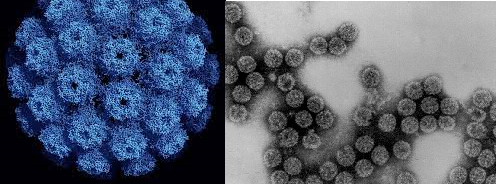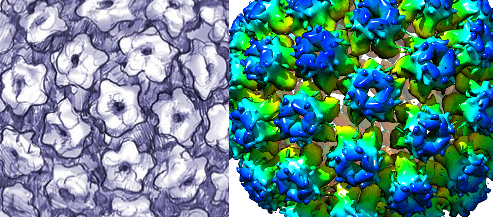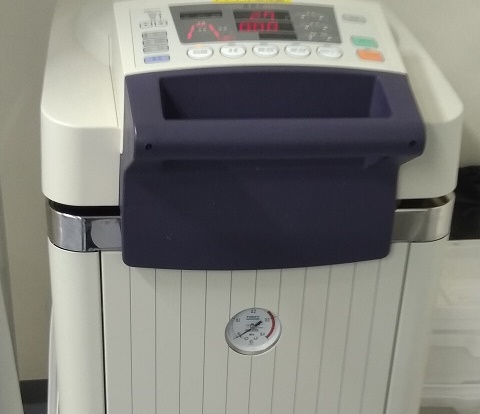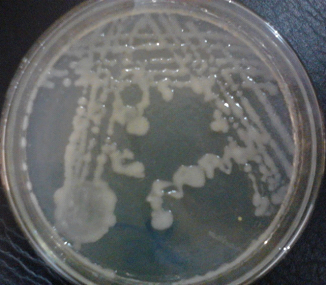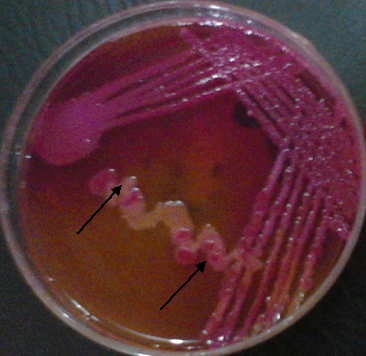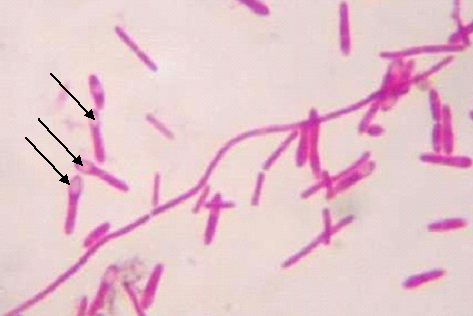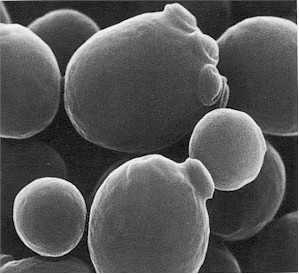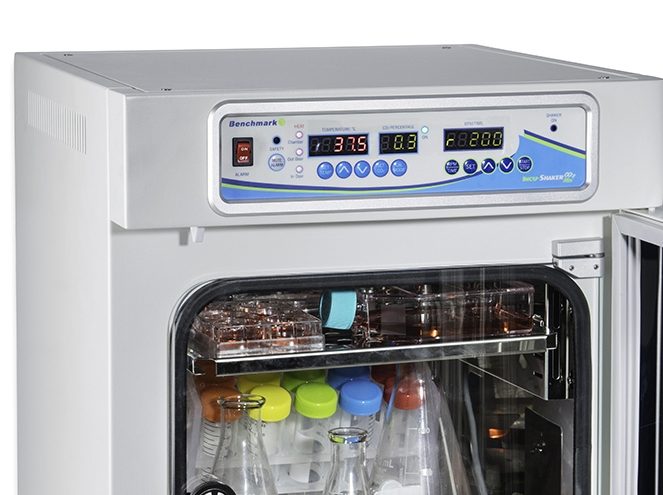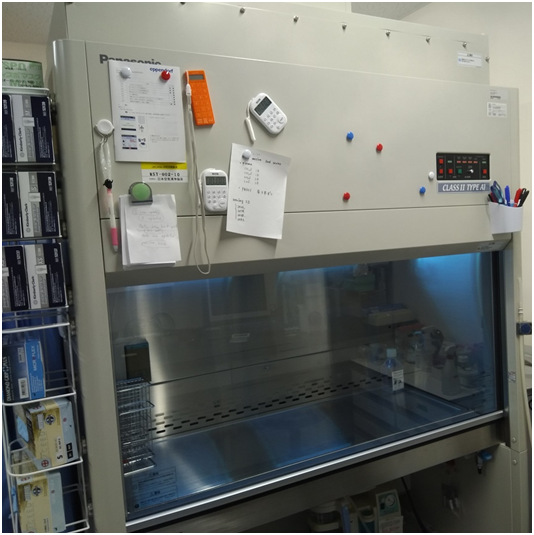POLYOMAVIRIDAE FAMILY
Polyomaviridae family contains DNA tumourviruses like the Papillomaviridae family. Polyomavirus is the only viral genera or genus in the Polyomaviridae family. They are so named because the polyomaviruses causes tumour in various organs of the body including the kidneys, ureters, bladder, brain and bones. However, there are various genotypes of viruses in this family that […]
POLYOMAVIRIDAE FAMILY Read More »
Virology
